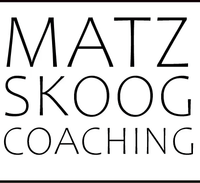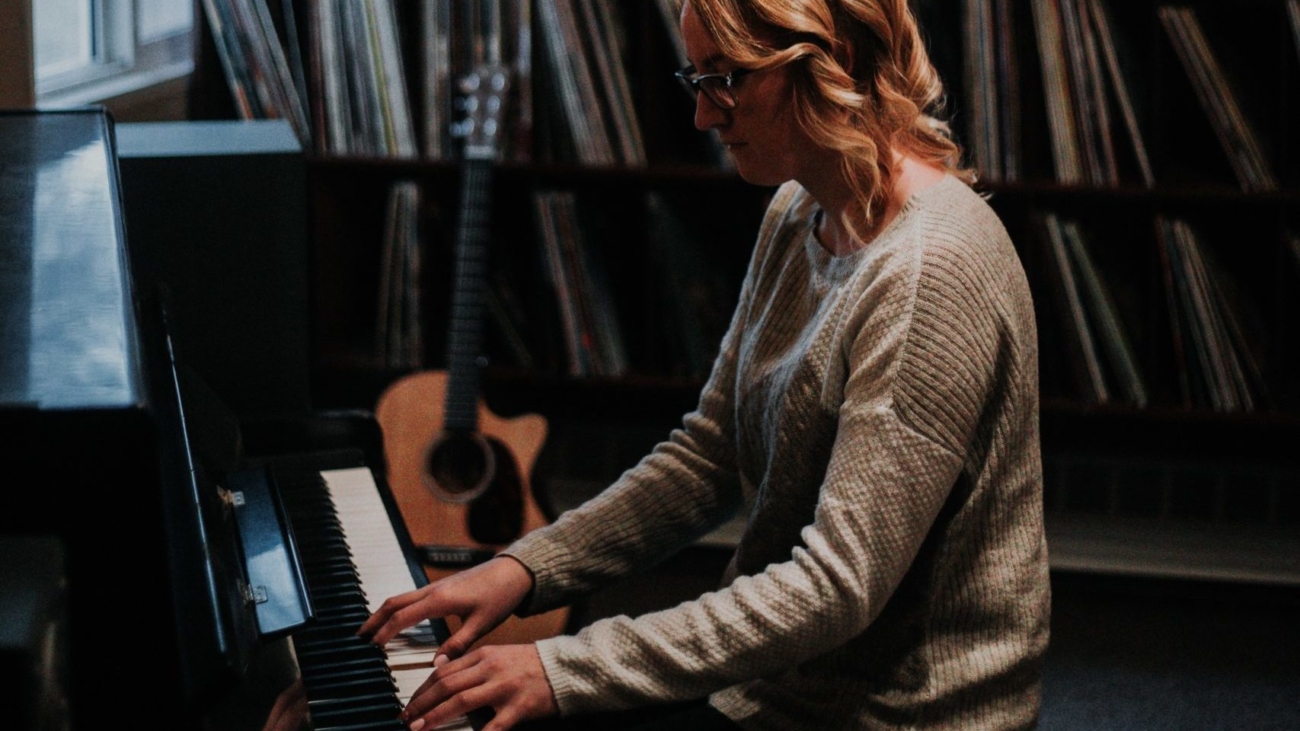Coaching has become the buzzword of the decade in personal development, especially when it comes to a change in professional circumstances. It’s true that coaching is invaluable when moving from one chapter in life to another but nowadays we face such transitions constantly. Globalization and the digital revolution have transformed the job market and many, if not most of us will have more than one career during the course of our professional lifetime. Career transition is, therefore, no longer a rare event but an endless process of shifting circumstances; and for an artist perhaps more so than for most other professionals. The contribution coaching can make to the arts world in today’s times of change is perhaps more significant then may be imagined.
For an artist to be successful it is no longer enough to be master of his or her craft; today, everyone involved in the arts needs to be an entrepreneur and to have many skills at their fingertips. In fact, it was never enough only to master a chosen field to do well in it. The vast majority of the greatest and most successful artists throughout history were multi-talented, multi-skilled and entrepreneurial: and, more often than not, if they did not come from a prosperous background were adept at acquiring wealthy sponsors on their march to the top. To be fair, many may have suffered for their art but few actually starved, or they would never have been able to create their legacy and produce the body of work they left behind.
In previous centuries, working conditions were different for a practising artist. The pace of life was slower, society less complex; fewer choices were available and cultural conditions probably more straightforward. Those involved in the arts had more time to focus on their craft, whatever it may have been, to develop appropriate skills and come to grips with the demands of the market. Yesterday, a master craftsman could demand respect based on his skill alone. In today’s fast-changing, intensely competitive world with its myriad possibilities how we define art and artistic success has changed. Instant communication and infinite possibilities for self-expression have altered everything forever.
The arts market today demands greater agility and readiness to change than ever before. The digital revolution has brought with it many tough challenges, but also many exciting opportunities to be embraced by the aspiring artist, because there has never been a better time to explore new avenues of creativity. The Internet makes it possible for anyone to showcase his or her art to vast audiences at virtually no production cost. There are new avenues to explore for anyone who wants to practise their art in public, without the need of a producer, agent or publisher. It is now possible to distribute music and choreography via YouTube and have thousands, millions even, of viewers: writers can make their work available on blogs or self-publish a book on Amazon: photographers have Instagram at their disposal. But to navigate a career through this obstacle course of opportunities requires extraordinary determination along with the ability to adapt to shifting circumstances and a willingness to adopt new trends.
For any creative artist it will always be imperative to change and evolve. The most successful artists do this regularly, not only focusing on their particular field but becoming multi-disciplined masters of many skills as well. That’s the challenge of working in the new ‘gig economy’ where a jack-of-all-trades approach creates opportunities like never before. So how then do we enable artists, whose first duty is to their work and who more often than not toil away on their own, to thrive and to marry their craft with the set of interests and skills essential for success in today’s demanding arts market into a body of good work?
Enter coaching, not only as a one-off intervention but also as ongoing professional support, sharing as it does with the arts the spirit of generosity present in every creative act. Coaching is the perfect collaborator with the artistic creative process. The ethos of coaching fits totally with the artistic one, so it provides invaluable help for artists who want to develop their work alongside learning to cope with the multiple demands involved in managing a career. The coaching process is totally objective, unencumbered by any vested interest in the artistic product as such, and would therefore not judge its value. Its only purpose would be to support the artist in maximizing his or her talent and skill. Coaching provides the ideal helping hand for an artist who wants to remain in charge of their creative output but with the benefit of having a personal champion behind them. Coaching will help an artist create action plans and not just make them come to fruition but go beyond what they may otherwise have thought impossible.
To be a thriving artist today requires resilience and, as was mentioned earlier, mastering the many skills the modern world demands. To be successful contemporary artists need to manage their careers and carve out a place for themselves within this highly complex and competitive system. They will face many challenges – cultivating patrons and make funding applications; finding collaborators and building partnerships; dealing with marketing and social media; managing relationships with exhibition and performance venues; dealing with copyright issues and, crucially, learning to charge an appropriate fee or price for their work to enable them to make money and to survive another day to create more work.
Artists have always faced these demands and the successful ones have always managed to do so efficiently, so in this respect nothing has actually changed. What’s different today is the magnitude of the task. One could take a cynical view and argue that market forces should dictate who succeeds and who fails. However, if we accept this in a world where instant fame is now a reality some truly talented artists with a less worldly approach to career management could well run the risk of being overshadowed by commercially more savvy, but potentially less worthy, operators.
And therefore, now that skilled coaching is widely accessible, and if we accept it as a truly effective and kind facility, what’s not to like about it? And given that, I would suggest that as a matter of course, funding bodies, both public and private, should insist on providing coaching support for any artist or creative project that receives subsidy. We owe this to the taxpayers, to the wellbeing of a thriving arts market, and finally most importantly to artists and the creation of excellent Art.
This article was first published in IAM, International Arts Manager, in January 2018.

